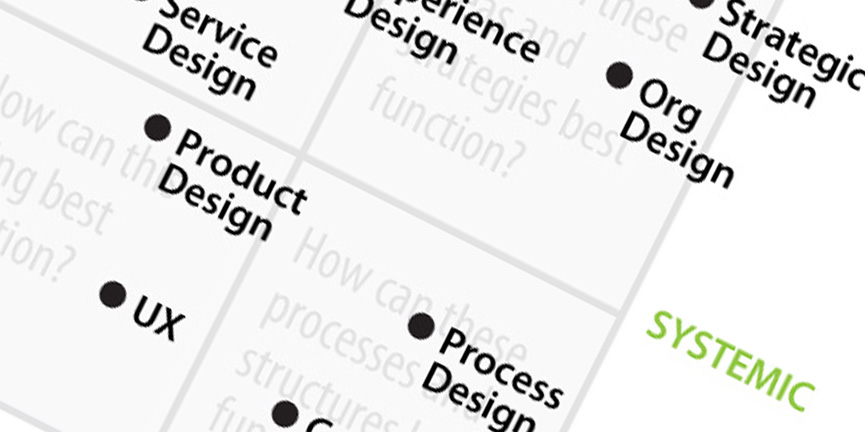Community, Leadership, Experimentation, Diversity, & Education
Pittsburgh Arts, Regional Theatre, New Work, Producing, Copyright, Labor Unions,
New Products, Coping Skills, J-O-Bs...
Theatre industry news, University & School of Drama Announcements, plus occasional course support for
Carnegie Mellon School of Drama Faculty, Staff, Students, and Alumni.
CMU School of Drama
Monday, September 17, 2018
Design disciplines: What’s the difference?
ThoughtForm, Inc.: Many organizations are working to become “design driven.” The Design Management Institute (DMI) latest Design Value Index in 2015 showed that over the last 10 years, design-led companies have outperformed the S&P by 211%. Hopefully, your organization is working to build out your design capabilities, either internally or through strategic partnerships. However, for many leaders, there is some confusion around the design disciplines available and the problems each excels in.
Subscribe to:
Post Comments (Atom)

4 comments:
This article lays out some things I hadn't thought of before. An obvious strategy in problem solving is to break the problem down into components, but the categories presented here can represent a series of questions—is this an issue with how the company is organized, or how information is communicated? How can this moving set piece fulfill the artistic requirements and serve the needs of the operator? I also appreciate the quadrant diagram. It's interesting to think about the methodology of technical design in a way that is directed to a completely different audience that in their fields would still fall (to a certain degree) under the category of technician.
Design is an integral part of any business, program, or project – in one form or another – and I really like the idea of defining a design discipline not by the skills required but by the problems they solve. Oftentimes when you hear the work “design” you think of something artistic or visual like graphic design or interior design rather than problem solving. But this article clarified that misconception and provided valuable distinctions between different forms of design as well as their purpose.
It reminded me of our CFA meeting shortly after O-week when the Head of Design read off a list of CMU design-related accomplishments and the variety actually surprised me. Though I want to be a designer, I hadn’t really thought of the diversity of design disciplines and the notable differences between them.
I believe this article was geared more towards organizations trying to incorporate design and maybe don’t know how. But I found it very informative and valued the information even as someone entering the field of design.
I’ve never really thought about design in the same way that this article has presented it. To me Design has always about form and function. Is it aesthetically pleasing to the eye? Do the colors work together? Things like that. This article opens me up to a whole list of things that I would not have really considered to be “Design”. I’ve never given much thought to how I problem solve and have never really looked at incorporation of design essentials or different disciplines into the other aspects of my life and work. It is interesting to read about how I could use design skills to problem solve. I also like the grid and found that I could easily incorporate this into my life. I also like how it breaks things down into how each aspect functions, such as the process, structures, ideas, and strategies. I’m going to keep this in my back pocket for later research and see who I can start to incorporate the various parts into my daily life and work.
Design strategy is a fascinating concept when related to the business world. Companies that employ this strategy to their structure are essentially applying a different lens to a problem. In my experience a design background allows you to use a different outlook on problem-solving. In a way, it takes the structured framework out of the process and introduces a culture that allows for a fluid and dynamic style.
The article does a very nice job of associating different aspects of design in a visual representation that expresses where the underlining strengths are. I would be curious to see how this “map” holds up in practice and if the individual roles change over time and begin to blur together and create subcategories on the diagram. As the business world begins to adopt the elements of design in the future, how will that affect the concepts taught to the business student in the future?
Post a Comment